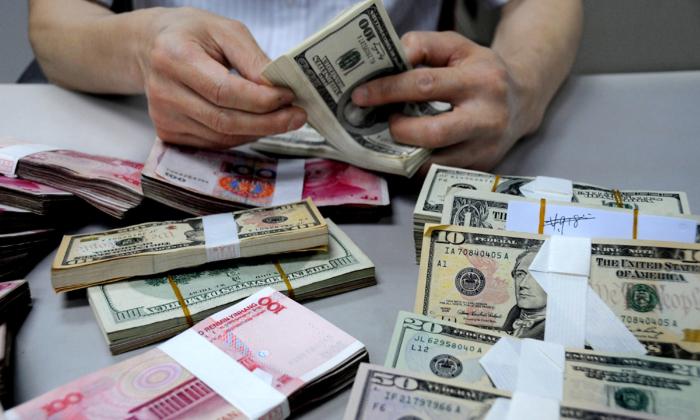In recent years, China has been the largest source of international students in the United States. This year, however, the situation has changed dramatically, with India becoming the most common country of origin for international students.
According to the D.C.-based Chronicle of Higher Education, U.S. consulates worldwide issued nearly 282,000 F-1 visas between May and August of this year—a 2 percent increase over the same period in 2021—and an increase of 10 percent over the same period before the COVID-19 pandemic.
Students from China received only about 47,000 F-1 visas during these four months—a decrease of about 40,000 visas compared to the same period last year.
According to data provided by Opendoors, the number of Chinese nationals studying in the United States increased 4.5 times from 67,800 to 372,000 from the 2006/2007 academic year to the 2019/2020 academic year. However, by the 2020/2021 academic year, the number dropped 15 percent to 317,000.
The number further dropped to about 252,000 in September of this year—a further 20 percent decrease from the previous academic year, according to the Chronicle of Higher Education.
Similar Situation in Other English-Speaking Countries
The decrease in Chinese students and the increase in Indian students has also been a trend in other English-speaking countries.In the UK, nearly 487,000 education visas were issued from July 2021 to June 2022, an increase of 71 percent over 2019—the year before the pandemic—when 202,000 visas were issued, according to data released by the British government on Sept. 23.
Of the 487,000 education visas, 118,000 were granted to Indian students: an increase of more than 80,000 over 2019, which is a more than twofold increase. Meanwhile, 115,000 student visas were granted to Chinese nationals, a 4 percent decrease compared to 2019.
Official figures from Canada show that on Dec. 31, 2021, there were 217,000 Indian students holding Canadian student visas. In comparison, there were 105,000 students from China.
Australia is seeing a similar trend, where India has surpassed China as the largest source of foreign students in the state of Victoria.
In March 2020, at the beginning of the COVID-19 pandemic, Chinese students accounted for a little more than 25 percent of Victoria’s international student population, with India coming in second at 24 percent.
Indian Students in Europe Also Increasing
In September this year, an Indian official revealed in a media interview that the number of Indian students in Germany has tripled over the past seven years. Indians now form the 2nd largest group of international students enrolled in German universities, with 33,753 Indian students currently studying in Germany.More Restrictive Policies on Chinese Students
In the United States, there have been proposals to ban Chinese nationals from graduate studies in STEM (Science, Technology, Engineering, Mathematics) fields and restrict participants of the Chinese Communist Party’s Thousand Talents Program.Two U.S. senators in May 2020 introduced a bill to ban Chinese nationals from obtaining student visas for graduate studies in STEM fields in the United States, but also provides the president with a national security waiver for use on a case-by-case basis.
“The Chinese Communist Party has long used American universities to conduct espionage on the United States. What’s worse is that their efforts exploit gaps in current law. It’s time for that to end. The SECURE CAMPUS Act will protect our national security and maintain the integrity of the American research enterprise,” Sen. Tom Cotton (R-Ark.) said.
Similarly, Sen. Marsha Blackburn (R-Tenn.) said, “Beijing exploits student and research visas to steal science, technology, engineering and manufacturing secrets from U.S. academic and research institutions. We’ve fed China’s innovation drought with American ingenuity and taxpayer dollars for too long; it’s time to secure the U.S. research enterprise against the CCP’s economic espionage.”
The bill has not been passed.
Then, in September 2020, the U.S. Department of Commerce revoked the study visas of more than 1,000 Chinese nationals pursuant to the executive order.





